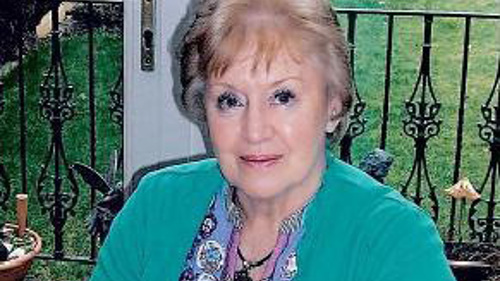
Moira Stewart: Pirates, Shipwrecks and War

How a search for an ancestor unearthed an amazing hitherto untold historical event.
Merchant Seaman William Gray was born in Barony Parish, Glasgow in 1823. His family moved to Old Kilpatrick and he is shown with them on the 1841 census. In 1854 he married Ann Turnbull and the couple had several children. However, whilst searching for through the birth certificates for his children, I found that in 1862 William Gray is recorded as deceased. Statutory records in Scotland and England revealed nothing of his death nor did newspapers or cemetery records. For years I made no progress and it remained a mystery. I had heard about the poor law databases in Glasgow City Archives. I was curious to have a look but had no particular aim. How wrong I was…
Records


I’ve had an amazing journey of research, leading to a lengthy account being published in Zero Hora.
I keyed in William Gray with no result. I then tried Ann Gray his wife, and immediately an entry for Ann Turnbull or Gray appeared. Here was my ancestor and the answer to the mystery of William’s death. The record showed he was a seaman for 26 years and was reported lost with his vessel, the Prince of Wales, at the River Plate in South America. I obtained the Crew Agree-ment (NMM London) showing William was the ship's bosun.
Thus, I began locating new record sources. Details of the ship were in Lloyd’s Register of Ships confirmed the voyage from Glasgow to Buenos Ayres. By searching newspapers, I uncovered an entry in the London Times, dated August 1861, from the British Consul in Rio Grande stating the ship was wrecked and all crew had been lost.
Back in the Mitchell Library I located a legal record concerning the ship’s owner and revealing that all crew had been supposed murdered at the Brazilian coast. I contacted the British Embassy in Brazil to enquire if relevant records existed and immediately the Honorary Consul replied. He was amazed to receive my enquiry 160 years after the incident and, somewhat mysteriously, revealed no detail but instead asked my permission to have a journalist contact me.
By consulting with historians and using records in the Federal University of Rio Grande, Nilson Mariano, a journalist for Zero Hora newspaper, revealed to me a story that almost resulted in war between Britain and Brazil. The incident took four years to resolve and in order to avert war, the King of the Belgians was eventually asked to mediate.
The ship had been carrying a cargo of coal, linens and textiles and barrels of wine and food, but was ship-wrecked about 120 kilometres south of Rio Grande. What actually happened is a matter of debate. The British alleged that the 16 sailors had been murdered, whilst the Brazilian authorities maintained that it was an unfortunate, but innocent, case of drowning at sea. The British Consul, Henry Prendergast Vereker, visited the beach and examined some of the bodies – he concluded that they had been murdered. It was known that bandits in the area used lights hanging from trees and fires to lure ships into trouble along this particularly dangerous coast. When the ships ran aground, these pirates would attack and plunder. To this day, Brazilians think this stretch of coastline is haunted by the ghosts of fallen seamen.
You really do never know where family history research will take you.
I have been interviewed for BBC Radio’s Digging Up Your Roots and my story has appeared in newspapers and magazines. I have even appeared on Brazilian TV!
